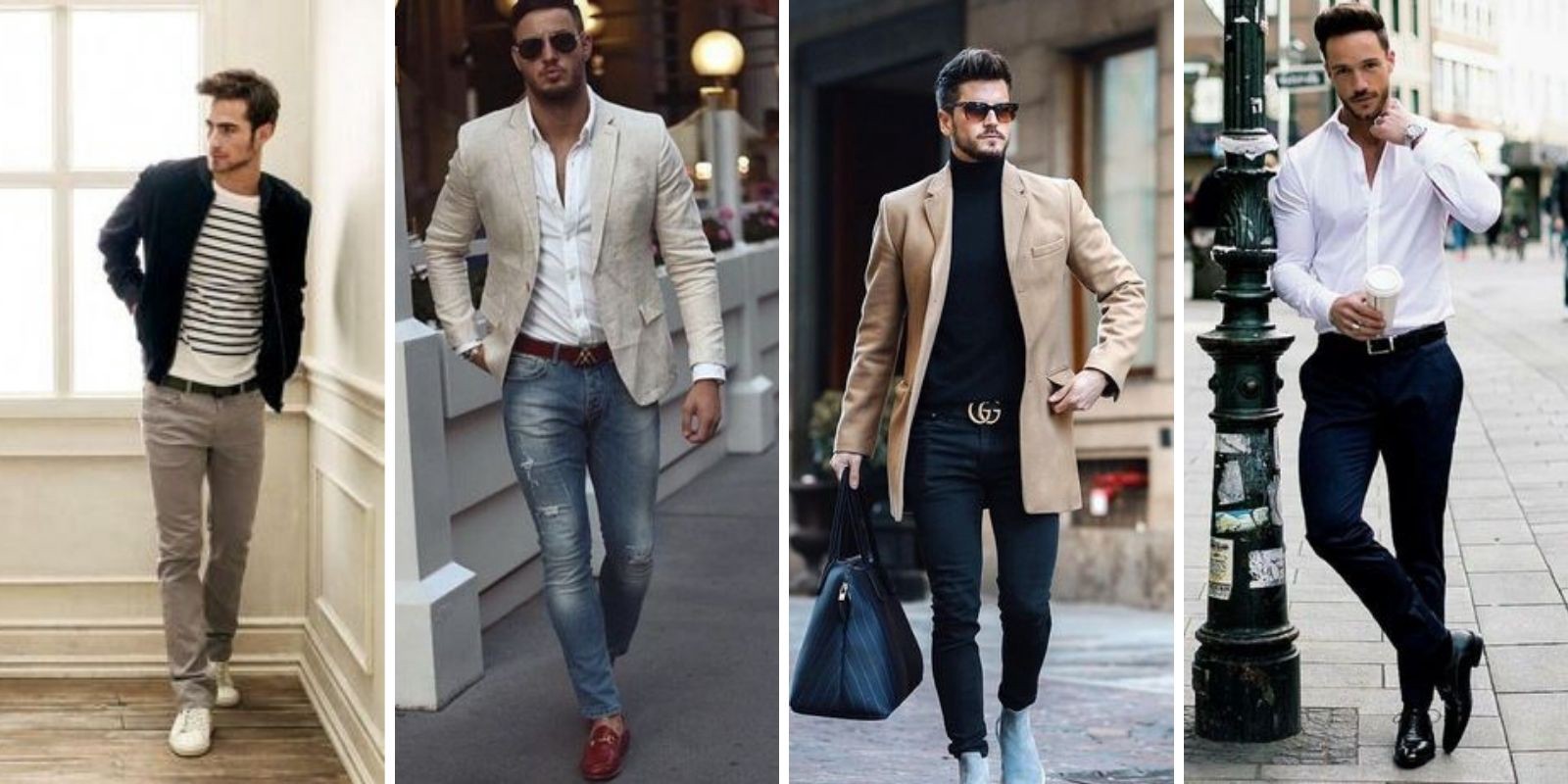Everything You Need To Know About Belts
The necessity that deserves some attention
Belts can make or break your outfit.
Belt is the difference between impeccably well-dressed and why is everyone looking at my belly.
Belts, simply put, are a necessity. They’re a part of almost every outfit, be it formal or casual, that being said, belts shouldn’t only be regarded as a functional piece.
In terms of practicality, a belt’s purpose is to keep your pants from falling down. In addition to, you know, holding up your pants, belts also serve the potential to be a great statement or finishing piece to any look. When you need to add a splash of color or distinguish a break from your midsection to lower body, there’s nothing more important–and easy–than a belt. When it’s really working, it pulls your whole look together.
There aren’t many rules when it comes to belts; sometimes you want one that’s simple and understated. Other times, you’d like something to punctuate your outfit. Let’s take you step by step to picking out the belt that you need, but first, you need to know the parts of a belt.
The parts of a belt:
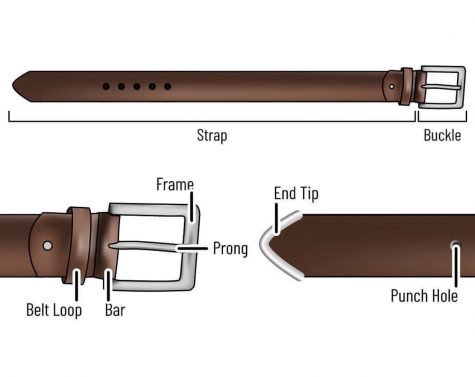
Strap: The “belt” part of the belt. Covers your waist, typically made of leather or Polyurethane (PU).
Buckle — consists of frame and prong.
Frame: Metal piece connecting to one end of the strap through which the other end of the strap passes.
Prong: Metal stick that rests in the center of the frame. Goes through one of the strap’s holes.
End Tip: Metal piece covering the end of the strap opposite the frame. Not found on every belt.
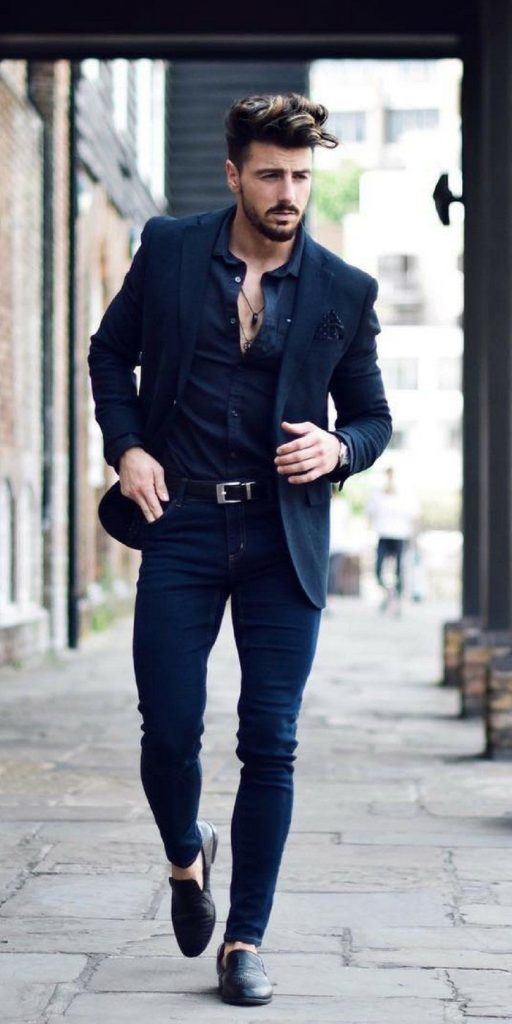
When Should You Wear a Belt?
Generally, you should wear a belt with all pants (including jeans) that have belt loops. That’s what the loops are for! Leaving it off can look sloppy. Certainly with formal outfits, when your shirt is invariably tucked in, belts are essential. With more casual get-ups, when you’ll be wearing your shirt untucked, you can get away with skipping a belt, but you may still miss its functionality; remember that belts aren’t purely decorative — they help keep your pants up!
To maintain this function in the absence of a belt, you can choose suspenders as a stylish and fun alternative. Suspenders are a great way of dressing well for larger men — they’ll hold up your pants more effectively and reduce bulk at the waist. They also make a short guy look taller (or at least, they don’t make you look shorter by breaking the line of your body the way belts do.)
The one thing you don’t want to do is wear a belt and suspenders; it looks as if you either don’t know what you’re doing, or are just really, really worried about your pants falling down.

When Not Forego a Belt
While belts can add style to a look, there are, of course, occasions when you can skip them. If you’re the type of guy that likes to rock suspenders, then definitely avoid doubling up with a belt. Also, the no-belt look can make a statement with a suit or some tailored pants, but only when done intentionally.
A belt is, of course, a necessity. That being said, there’s so much more to belt style than your standard black leather belt. Belts can add a great number of things to your look, whether it’s the formality and structure of a brown leather belt or the casualness and color of a braided fabric belt (and of course, anything in between). Knowing what belts you need and how to wear them is important for every man, regardless of profession or style
How to pick a belt
Belts are one of those rare items of menswear that you don’t have to spend a fortune to get high quality. You don’t need a dozen of them rolled up in your wardrobe, just a few choice staples to get you through every eventuality. Follow these rules to score an extra sartorial notch with your purchase.
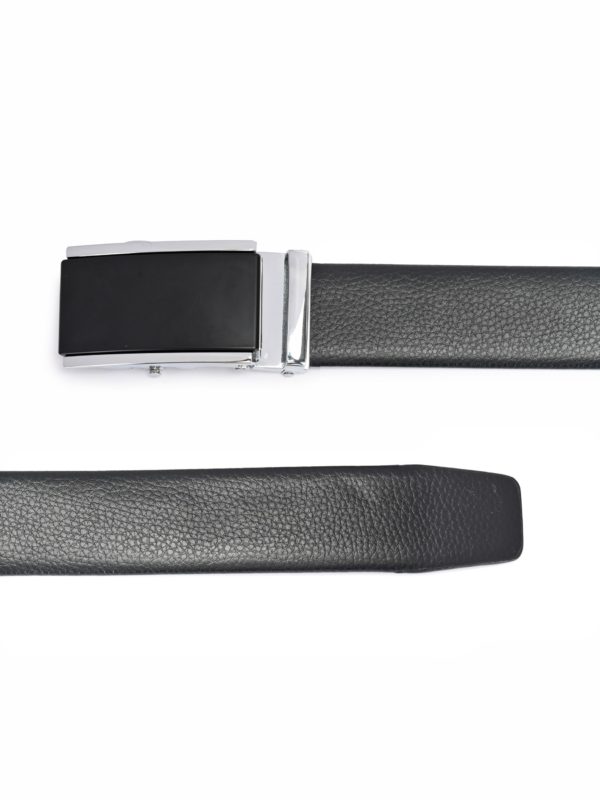
Length
The first thing to do before you pick out a belt is to understand what length you need. Belts are usually measured in inches or centimeters. You’ll know if a belt is the right size when you put it on; unless you’re buying a belt online. If a belt is marked with waist numbers (30, 32, 34, etc.) the general advice is to buy a belt that two sizes larger than your pant size. This’ll allow for better adjustment so you won’t end up using the last hole on your belt and having too much extra belt sticking out. Never purchase a belt without making sure it fits first
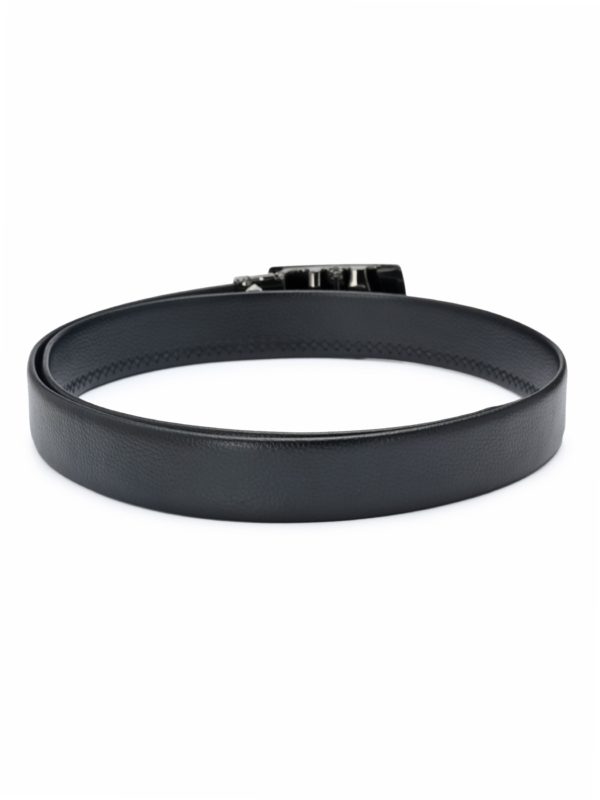
Material
Leather belts are classic and irreplaceable. A leather belt is something every man should own and is the hallmark of formal wear. That being said, belts have made the transition into more casual materials. Cotton and polyester belts are great and perhaps even preferred equivalents to leather belts when it comes to casual looks. They come in a lot of different colors and can stand out against a monochromatic outfit. If you still want to keep it somewhat formal, distressed leather is another good option that’s more on the casual side. Distressed leather adds some style and personality to an otherwise classic office belt.
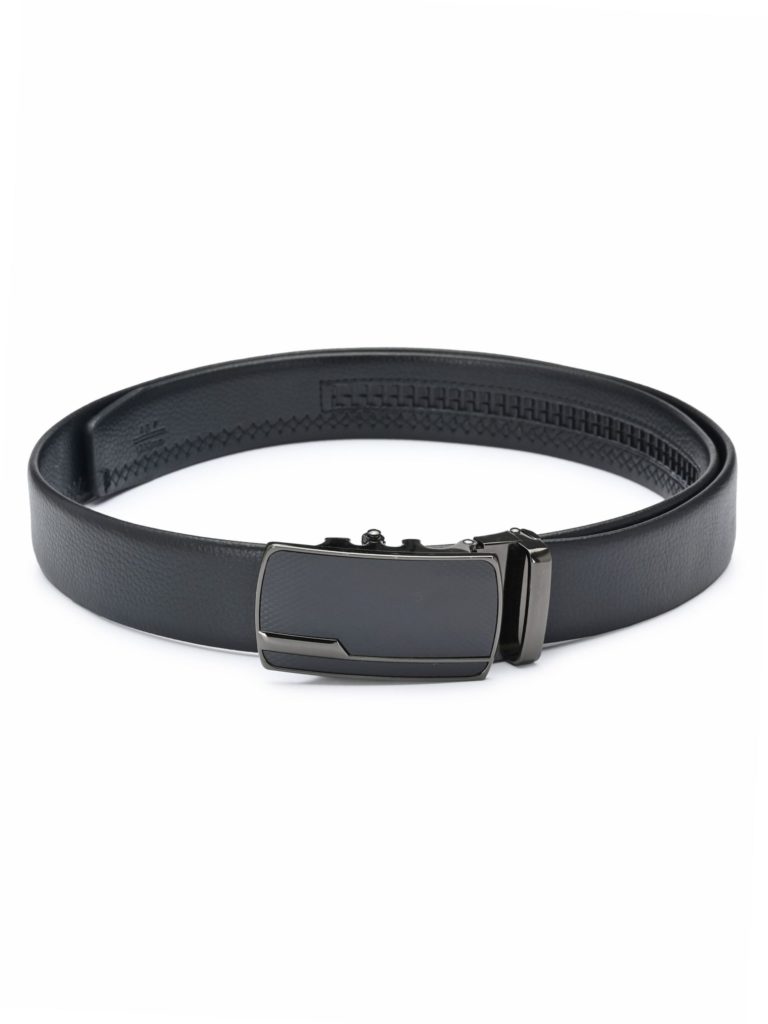
Buckles
Every belt technically has a buckle. It’s often the flashy buckles that are labeled as “belt buckles,” though. Flashy belt buckles are something that is often debated on. In our humble opinion, avoid them. Some belt buckles can work and add a focal point for an outfit. However, most of the time, they look excessive, especially for the price. The showy and binged-out look comes off as too intense and great style should always appear effortless. However, to each their own, so check them out and decide for yourself.
What to Avoid
There are tons of belts out there, and many of them are downright awful. Cheap materials like synthetic leather will look obvious on a belt and should be avoided. It’s worth it to shell out a little extra cash to invest in a belt that will last you for years.

